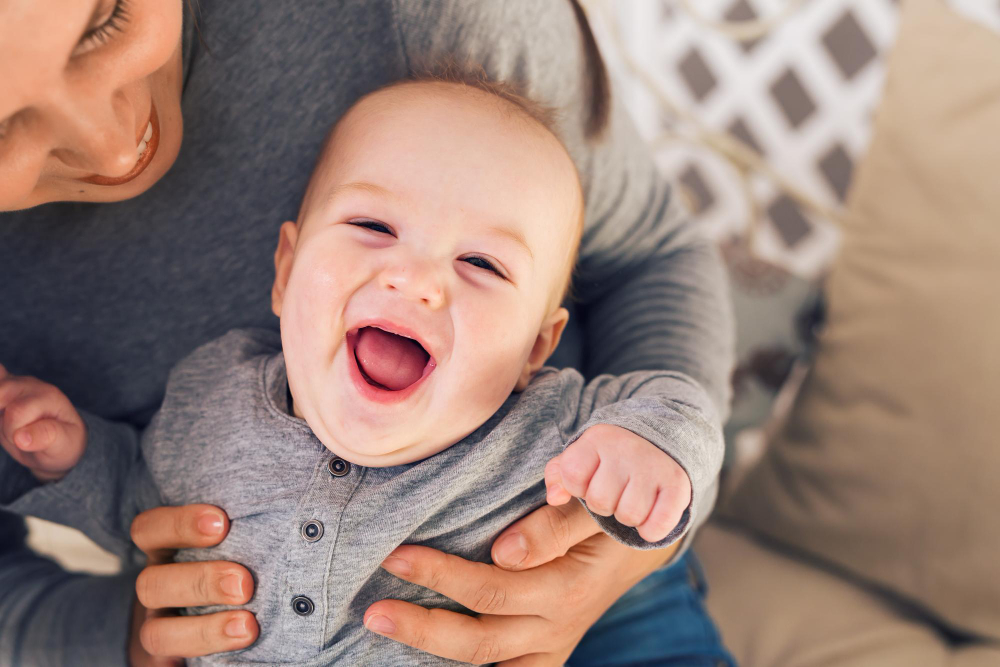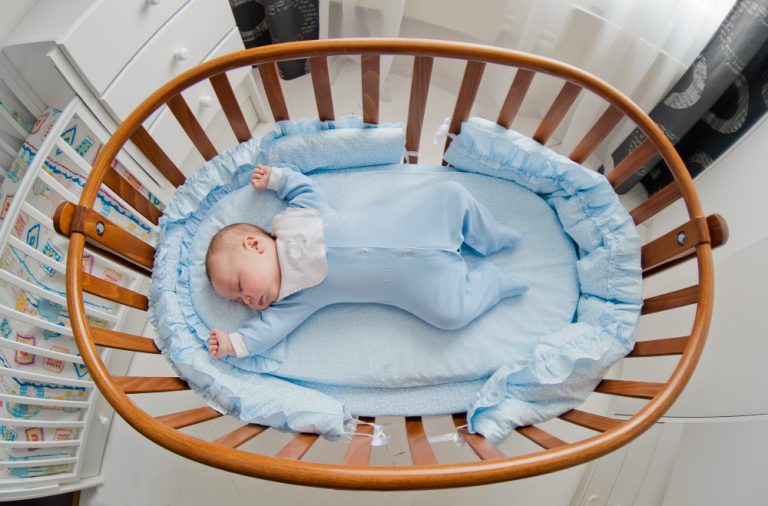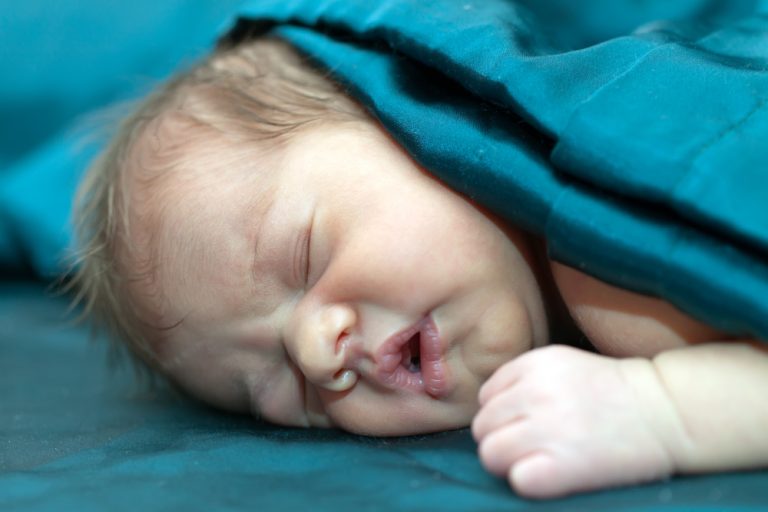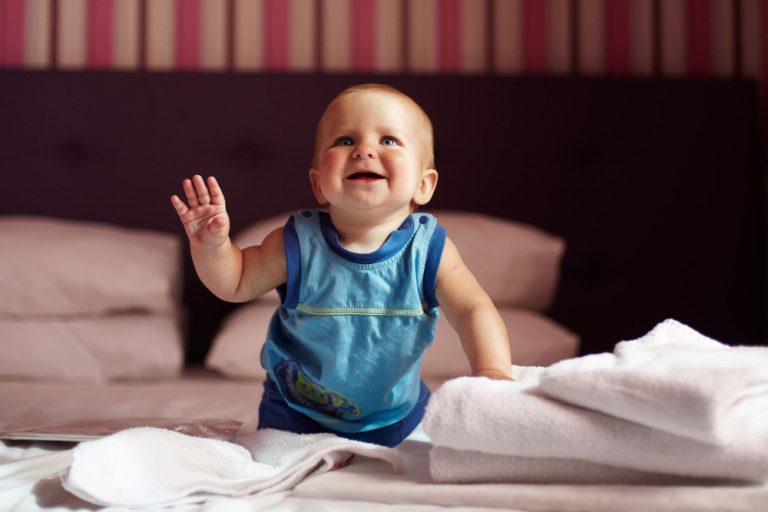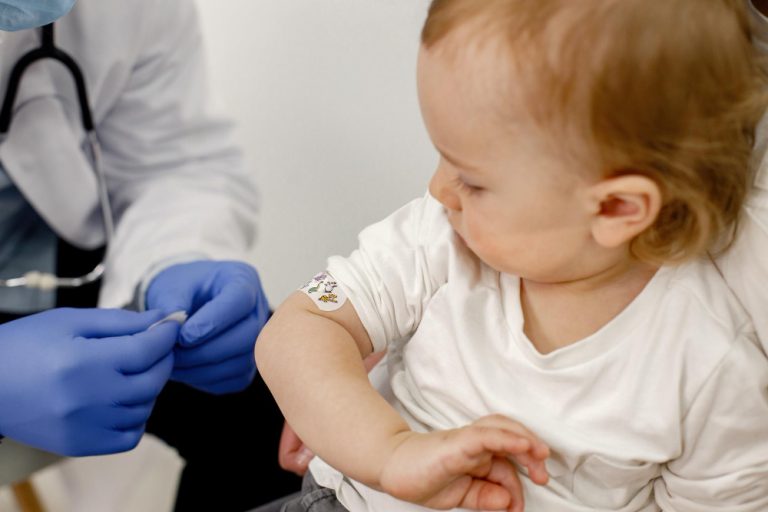When Do Babies Start Laughing? Milestones and Strategies
Have you ever experienced the sheer delight of a baby’s laughter? Picture this: a baby giggling uncontrollably, their eyes sparkling with pure joy. It’s a heartwarming sound that can brighten even the dreariest of days. Have you ever wondered, when do babies start laughing? Understanding this milestone is not just a rite of passage for parents, but a profound moment that marks their developmental journey.
Here’s a sneak peek into what we’ll explore in this blog:
- Discover the typical age range when babies experience their first giggles.
- Uncover expert tips and strategies to encourage and nurture your baby’s laughter.
- Explore the fascinating developmental aspects related to this joyful expression.
- Learn engaging techniques and activities to create a fun-filled atmosphere that elicits those precious chuckles.
Babies’ laughter is more than just a sound; it’s a form of communication, a bonding experience that connects you on a deeper level. Join us on this enlightening journey as we delve into the world of when do babies start laughing, assuming the sheer delight it brings to both parents and little ones alike.
Introduction to Making a Baby Laugh
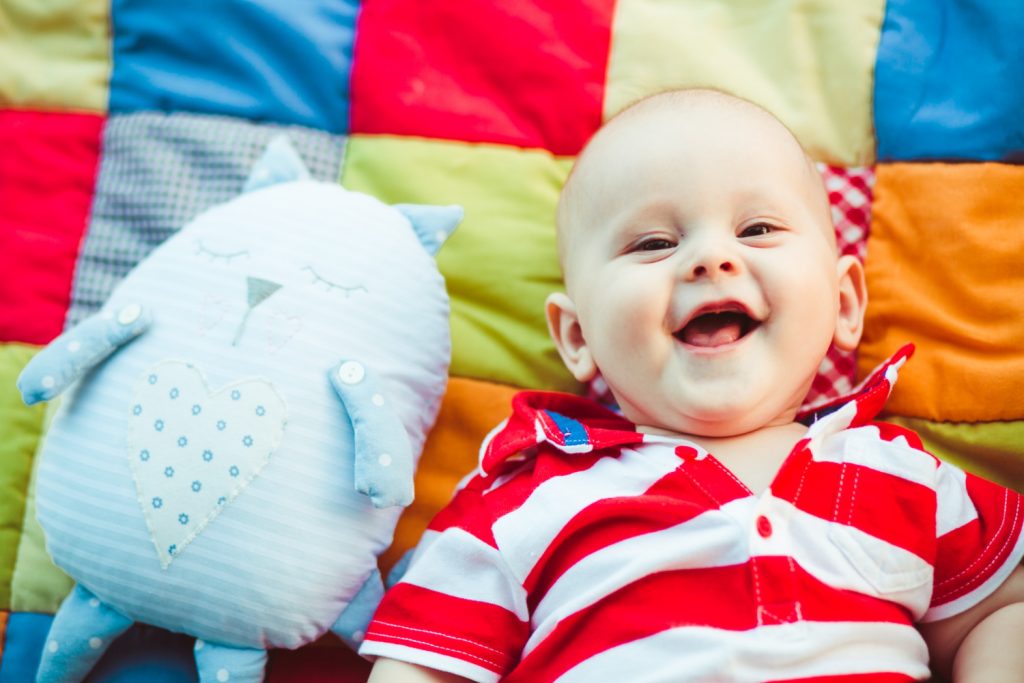
Laughter is not only a delightful sound but also a significant milestone in a baby’s development. It brings joy to not just the baby but also the parents. As a parent, witnessing your baby’s laughter can be immensely rewarding and heartwarming.
Making a baby laugh is a wonderful way to create lasting memories and strengthen the bond between parent and child. It can also contribute to the overall well-being and happiness of your little one.
To make your baby giggle, you can employ various techniques and strategies.
- These involve playfulness and creativity to capture your baby’s attention and provoke laughter.
- You can create an environment that encourages laughter and joy by engaging in fun and interactive activities.
In the following sections, we will explore different techniques for making a baby laugh. From playing up the absurd to trying physical games with touch and funny noises, there are numerous ways to elicit those irresistible laughs from your little one. So, let’s dive into the strategies and techniques that will fill your home with the sound of your baby’s infectious laughter.
Techniques for Making a Baby Laugh
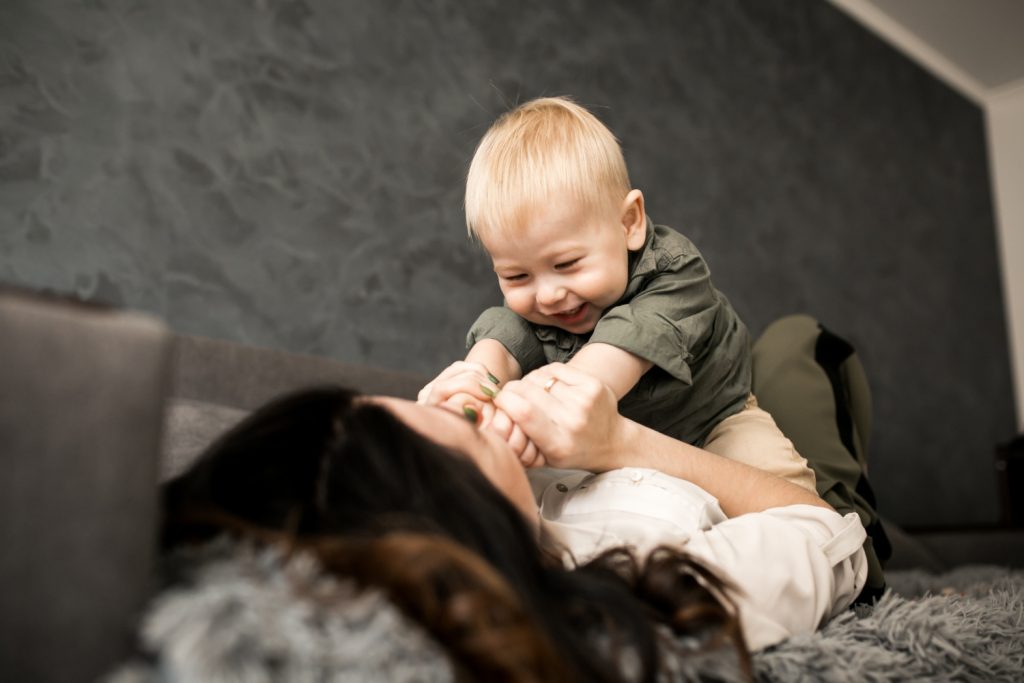
Babies’ laughter is music to our ears. It brings joy and happiness into our lives, creating precious memories that we cherish forever. If you’re wondering how to make your baby giggle and experience the infectious delight of their laughter, here are some effective techniques and strategies to try:
1. Play up the absurd
- Babies find the absurd and unexpected highly amusing.
- Engage in playful antics and exaggerate your actions to capture their attention.
- Make funny faces, like sticking out your tongue or crossing your eyes.
- Babies are delighted by these silly expressions and will respond with a gleeful giggle.
2. Make funny movements
- Use exaggerated and animated movements to entertain your little one.
- Dance around, hop, or make exaggerated gestures, such as pretending to trip and catch yourself.
- Babies are captivated by these exaggerated movements and will burst into laughter at the sight of your playful antics.
3. Try making funny noises or singing songs
- Funny sounds and songs can work like magic.
- Experiment with various sounds, such as squeaks, raspberries, or even animal noises.
- Sing nursery rhymes with silly voices or make up your own funny songs.
- The combination of silly sounds and amusing lyrics will likely have your baby laughing in no time.
4. Try physical games with lots of touch and fun noises
- Physical games that involve touch and fun noises can be a great source of laughter for babies.
- For example, gently toss your baby up in the air, provided they enjoy it and are safely supported.
- Make sure to accompany these actions with playful sounds like “whee” or “whoosh” to enhance the fun factor.
Remember, each baby has their unique preferences and sense of humor, so feel free to experiment with different techniques to find what makes your little one laugh. The key is to create a joyful and engaging environment that encourages laughter and bonding.
“Laughter is the sun that drives winter from the human face.” Victor Hugo
With these techniques in your toolkit, you’re well on your way to experiencing the delightful sound of your baby’s laughter. Enjoy every precious moment of shared laughter and create beautiful memories together. Next, let’s explore some strategies to encourage your baby’s laughter further.
Encouraging a Baby’s Laughter
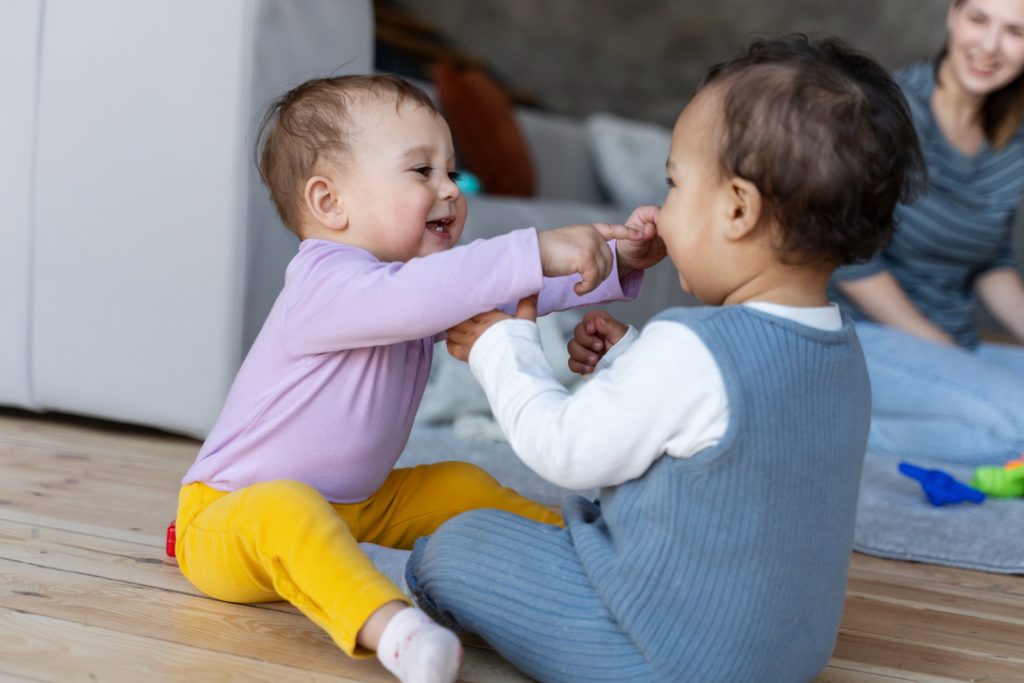
One effective way to enhance your baby’s laughter is by getting other children involved in the game. By introducing peer interaction, you create an environment that promotes socialization and adds a new element of fun to playtime.
Here are some ideas for getting other children to join in the game and make your baby giggle:
Playdates with Friends
- Arrange playdates with other families who have babies or toddlers.
- This allows your little one to interact with children of a similar age, promoting laughter through shared experiences and play.
- Encourage the older children to engage with your baby, whether it’s by making funny faces or playing peek-a-boo.
- The presence of other children can often be a great source of amusement for your little one.
Siblings or Cousins
- If you have older children or relatives who are close in age to your baby, involve them in the laughter-inducing activities.
- Siblings and cousins can become playful companions for your baby, stimulating laughter and a sense of camaraderie.
- Encourage the older children to invent silly games, perform funny dances, or engage in gentle tickling sessions with their younger sibling or cousin.
Nursery Rhyme Performances
- Sing nursery rhymes or perform simple skits for your baby with the participation of older children.
- Utilize props or funny gestures to bring the rhymes to life.
- Encourage the older children to take on different roles or use puppets to make the performance even more entertaining.
- The combination of music, movement, and collaboration between older siblings or friends can create a joyful atmosphere that is bound to make your baby laugh.
Mimicking Games
- Engage older children in mimicking games with your baby.
- Encourage them to mirror your baby’s actions, such as clapping hands or sticking out their tongue.
- This interactive play not only promotes laughter but also helps develop your baby’s social and observational skills.
Balloon Play
- Inflate balloons and let the older children bounce them gently around your baby.
- The colorful balloons floating through the air can be highly entertaining for both your baby and the older children.
- Just make sure the balloons are secure and not a choking hazard.
Remember to supervise any playtime involving multiple children and ensure that the environment is safe for everyone involved. Encouraging peer interaction provides valuable opportunities for your baby to learn, laugh, and form social connections.
Rhyming Games to Make a Baby Laugh
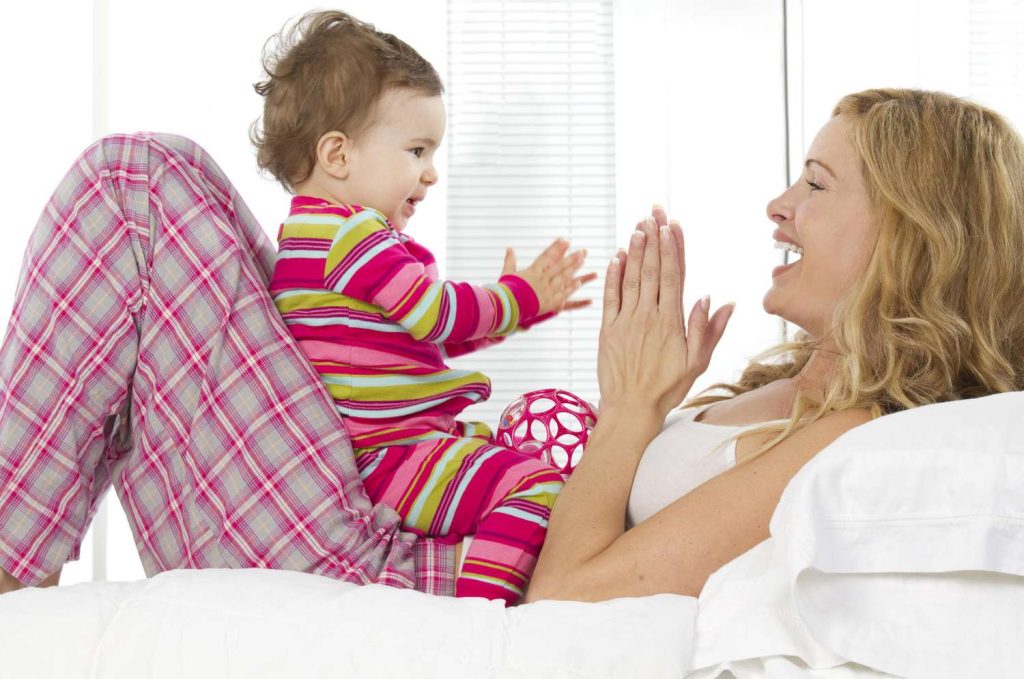
Rhyming games can be a delightful way to engage your baby and elicit laughter. These simple games not only entertain your little ones but also support their language and cognitive development.
Here are some strategies to make your baby giggle with rhymes:
Introduce a rhyming game with hand motions
- Choose a nursery rhyme or a simple poem with repetitive sounds.
- Begin the game by saying the first line while accompanying it with engaging hand gestures or movements.
- This visual and auditory combination will capture your baby’s attention and spark their curiosity.
Start the game by saying the first line
- Speak the first line of the rhyme clearly and with a playful tone.
- Your baby will be captivated by the sing-song rhythm of your voice.
Continue with the poem
- Progress through the rhyme or poem, maintaining a gentle and animated delivery.
- Let the words flow naturally, emphasizing the rhyming patterns.
- Be expressive and use gestures to enhance the overall experience.
Finish the poem
- Conclude the rhyme with enthusiasm, building up anticipation for the final line.
- This will encourage your baby’s anticipation and create a sense of excitement.
Repeat as many times as your baby is amused
- Repetition is key to reinforcing learning and engaging your baby’s interest.
- Continue the rhyming game as long as your little one remains entertained.
- Watch for their reactions and cues, ensuring the activity is enjoyable for them.
Rhyming games offer a playful and interactive way to bond with your baby while nurturing their language development. Take this opportunity to cherish special moments with your little one and create lasting memories through laughter.
Tickling Games to Make a Baby Laugh

Tickling games can be a delightful way to bring laughter and joy to your baby’s day. Not only does tickling stimulate their sense of touch, but it also creates a fun and interactive experience for both of you.
Here are some tickling games that are sure to make your baby giggle:
“This Little Piggy”
- The classic rhyme “This Little Piggy” is a timeless favorite for babies of all ages.
- To play this game, start by gently touching your baby’s big toe and say, “This little piggy went to market.”
- As you move to each toe, continue the rhyme with phrases like, “This little piggy stayed at home,” “This little piggy had roast beef,” and so on.
- Finally, when you reach the last toe, say, “And this little piggy cried wee, wee, wee, all the way home!”
- This game combines touch and simple storytelling to create peals of laughter.
Feather Tickle
- Using a soft feather, gently tickle your baby’s hands, feet, or tummy.
- The light and delicate touch of the feather will create a tickling sensation that is sure to elicit laughter.
- Remember to use a feather designed specifically for babies to ensure it is safe and gentle on their delicate skin.
Tickle Monster
- Transform yourself into a silly tickle monster by playfully chasing your baby’s hands, feet, or belly while making funny noises.
- Use animated facial expressions and exaggerated movements to make the experience even more entertaining.
- This game allows you to engage your baby’s senses and showcases your playful side.
Tummy Raspberry
- Place your mouth on your baby’s tummy and blow a gentle raspberry.
- The tickling sensation, combined with the silly sound, is bound to produce contagious laughter.
- Make sure your lips are slightly pursed to create the vibration against their tummy, and be prepared for squeals of delight.
Remember, every baby is different, so it’s essential to pay attention to your little one’s reactions and tailor the tickling games to their preferences. These simple yet effective games not only provide laughter and entertainment but also strengthen the bond between you and your baby. Enjoy these precious moments of joy and playfulness with your little one!
When Do Babies Start Laughing?

Babies’ laughter is a delightful sound that brings joy to everyone around. It is a precious milestone in their development that often leaves parents eagerly waiting for that first giggle.
While each baby is unique and may reach this milestone at different times, there is a general timeline for when do babies start laughing.
Around the age of three to four months, babies begin to develop the ability to laugh. However, it’s important to remember that individual variations are common. Some babies may start laughing a little earlier, while others may take a bit more time. As a parent, it’s natural to have concerns if your baby is not laughing within the expected timeframe.
It’s essential to address these concerns with patience and understanding.
Here are some common factors that might influence when a baby starts laughing:
1. Developmental Differences
- Babies reach milestones at their own pace.
- Just as some babies start rolling over or crawling earlier or later than others, the same applies to laughter.
- Trust in your baby’s unique development journey.
2. Personality and Temperament
- Every baby has their own personality and temperament.
- Some babies may be more serious or observant, taking a bit longer to warm up to laughter-inducing stimuli.
- Others may be more easily amused and laugh more spontaneously.
3. Environmental Factors
- The baby’s environment plays a role in their laughter development.
- Creating a joyful and playful atmosphere can encourage laughter.
- Interact with your baby, make silly faces, play games, and incorporate funny sounds or voices into your interactions.
4. Social Interaction and Bonding
- Laughter is often triggered by social interaction and bonding.
- Engage with your baby through peek-a-boo games, tickling, or gentle play.
- Other children or family members joining in the game can also add to the laughter-inducing atmosphere.
If you have concerns about your baby’s laughter development, it’s important to consult with your pediatrician during regular wellness visits. They can address any specific concerns and provide guidance based on your baby’s individual needs. Remember, each baby is unique, and laughter will come in its own time.
Enjoy the journey of creating laughter-filled moments with your little one.
Benefits of Baby Laughter
Laughter is not only a delightful sound but also plays a vital role in a baby’s development. When a baby laughs, it brings joy and happiness and strengthens the bond between parents and their little ones. But laughter is more than just entertainment; it offers a myriad of benefits for a baby’s cognitive, emotional, and social development.
Cognitive Development
- Baby laughter is linked to cognitive growth.
- When babies laugh, their brain is stimulated, and neural connections are forged.
- It helps in the development of memory, problem-solving skills, and creativity.
- Through laughter, babies explore the world around them and learn to make sense of their experiences.
- This positive reinforcement of cognitive abilities sets a strong foundation for future learning and development.
Emotional Well-being
- Laughter is a powerful emotional outlet for babies.
- It enables them to express joy, happiness, and amusement.
- When a baby laughs, endorphins are released, promoting a sense of well-being and reducing stress.
- Laughter also helps regulate emotions by providing a healthy emotional release.
- A giggle-filled environment facilitates positive emotions and builds emotional resilience in babies.
Social Interaction
- Baby laughter serves as a bridge for social interaction.
- It draws others’ attention and encourages social engagement.
- When a baby laughs, it invites interaction and elicits responses from caregivers and siblings.
- This back-and-forth interaction helps babies learn about turn-taking and nonverbal communication and enhances their social skills.
- Laughter creates a joyful atmosphere and strengthens the parent-child bond, paving the way for healthy social relationships in the future.
The Final Note: When Do Babies Start Laughing
To sum up, baby laughter’s benefits extend far beyond the joy it brings. The answer of when do babies start laughing as per research suggests around 3 to 4 months of age. This laughter plays a significant role in cognitive development, emotional well-being, and social interaction.
Encouraging laughter in babies through play, funny noises, and engaging activities not only creates beautiful memories but also lays the foundation for their overall growth and development.
So, let the laughter fill your home and witness the wonders it brings to your baby’s life. Remember, a happy baby is a healthy baby!

